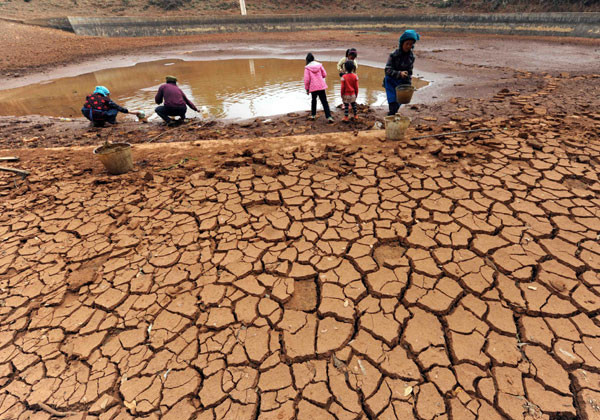
Protect landscapes to protect humanity
COVID-19 is a zoonotic disease, meaning that it jumps between animals and people, and is therefore closely connected to the lands both inhabit. Human and economic activity is eroding wild spaces, forests and other important ecosystems, bringing us closer to “reservoir hosts”—animals and plants that can harbour diseases. In this interview, Frank Turyatunga, Deputy Director of the United Nations Environment Programme (UNEP) Africa Regional Office shares insights on how to better protect landscapes on the continent.
What is land degradation and why should we focus on this issue?
Degraded land is land that has lost, or is losing, its biodiversity—the foundation of all life on Earth. It is less able to provide ecosystem services; these include water, shade, the prevention of soil erosion and the retention of moisture in the soil. Most land degradation is currently taking place outside protected areas, affecting forests, rangelands, grasslands, mountain ecosystems and wetlands. Healthy ecosystems are essential to support a healthy planet and healthy people. This is why we need to invest in sustainable management of ecosystems of all types.

COVID-19 underscores and reveals a fundamental problem: humans have unlimited needs, but the planet has limited capacity to satisfy them. Often, land degradation is caused by unsustainable human consumption and needs.
For example, one of the key drivers of land degradation, that continues to attract very little attention, is agricultural expansion to help feed a rapidly growing population. Agricultural expansion involves land clearance and tree felling. Poor land use planning, poor access to agricultural inputs and technologies, and in some cases corruption, are also driving “slash and burn” agriculture. Under this system of cultivation, woody biomass, fodder and other resources are exploited in an unsustainable manner, causing land to degrade.
Another driver is charcoal use. People who can’t afford to cook with gas or electricity turn to firewood or charcoal for energy. Making charcoal also requires the felling of trees, leading to land degradation.
Climate change exacerbates the problem with more frequent floods, droughts and, of late, destroying crops. Farmers never know how long their growing season will be. All this is leading to greater rural poverty which, in turn, exacerbates coping strategies like “slash and burn”.